The Gobi Desert spans portions of both Northern China and Southern Mongolia, covering a total area of 0.5 million square miles (1.29 million sq. km). A cold desert; Gobi has one of the world’s most extreme climates, featuring rapid temperature changes, both seasonally and daily. Summer months bring temperatures of up to 122°F (50°C) whilst in the winter months, temperatures can drop to below -40°F (-40°C).

Interesting facts about the Gobi Desert
The name ‘Gobi’ is derived from Mongolian Gobi, and means ‘waterless place’; an apt name considering that rainfall is limited to approximately seven inches (18cm) annually.
The desert can be divided into 5 distinct ecosystems; the Eastern Gobi desert steppe, the Alashan Plateau semi-desert, the Gobi Lakes Valley desert steppe, the Dzungarian Basin semi-desert and finally, the Tian Shan range.
The elevations of the Gobi’s basins range from roughly 1600 to 5000 feet (488-1524m) above sea level.
Some of the world’s first fossilized dinosaur egg discoveries were made in the Gobi desert e.g. Velociraptor, Avimimus and Pinacosaurus eggs.
The desert’s arid climate is attributable to the fact that it is situated in the rain shadow of the Himalayan and connecting mountain ranges, which intercept moisture-laden clouds before they can reach most of the Gobi.
Only 5% of the Gobi desert is comprised of sand dunes.
The Gobi Desert is still growing. In fact, its rapid growth is alarming China, as it continues to lose valuable grassland as a result of desertification. The Chinese government is currently planting the Green Wall of China, which is a line of forest intended to slow the expansion.
Visiting the Gobi Desert
If you are planning on visiting the Gobi Desert, you will likely travel via jeep, or potentially by camel. You will be exposed to a dramatic rocky landscape, high sand dunes, ancient ruins, and oasis communities. Visit the nomadic people whose way of life remains untouched by Western influence.
Tours offer a way of seeing some of the unique Gobi Desert plants and animals. You may spot animals such as the Jerboa, Snow Leopard, Siberian Ibex, Gobi brown bears, wild mountain sheep and more. You may even spot dinosaur fossil beds, though a trip to the museum will guarantee an insight into the fascinating history of the Gobi desert.
Gobi Desert News
China has recently begun the construction of what will be the largest energy storage plant in the Gobi Desert. The energy plant is named ‘Warang’, and it is a pumped storage hydropower facility that should significantly help mitigate the current problem of intermittent energy production from solar power and wind power.
The Warang plant will have a storage capacity of 20 million kilowatt-hours and will be able to absorb and release energy based on demand and thereby effectively balance the intermittent nature of renewable energy sources. A 750-kilovolt transmission line will connect it to the Qinghai power grid.



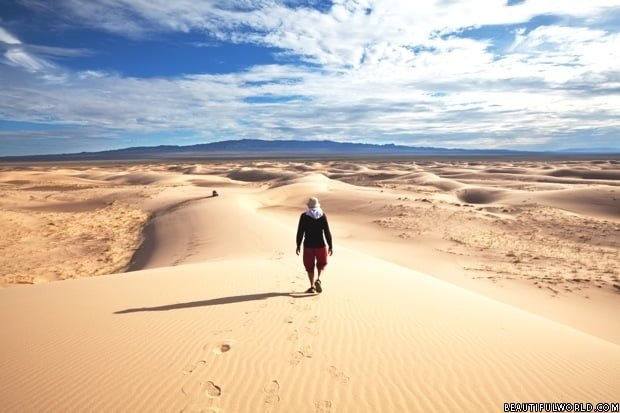



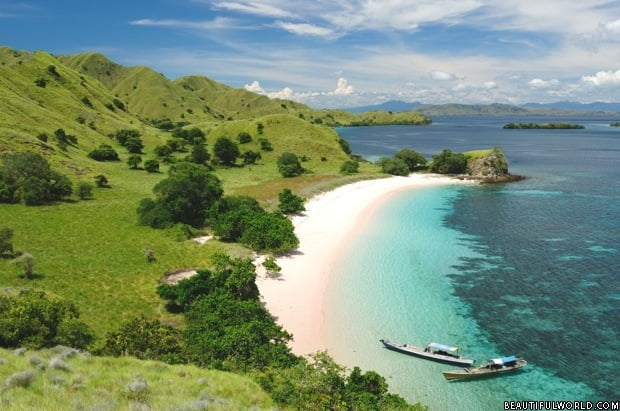
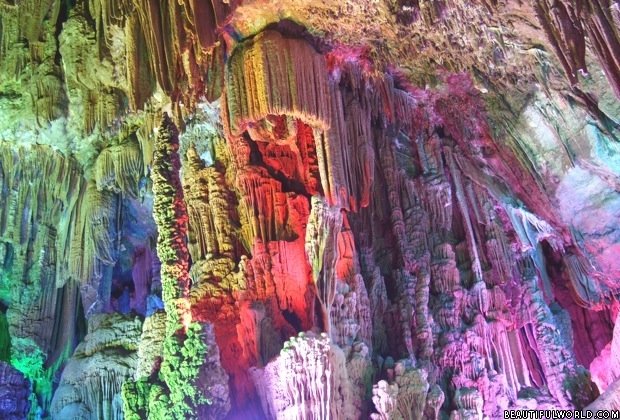
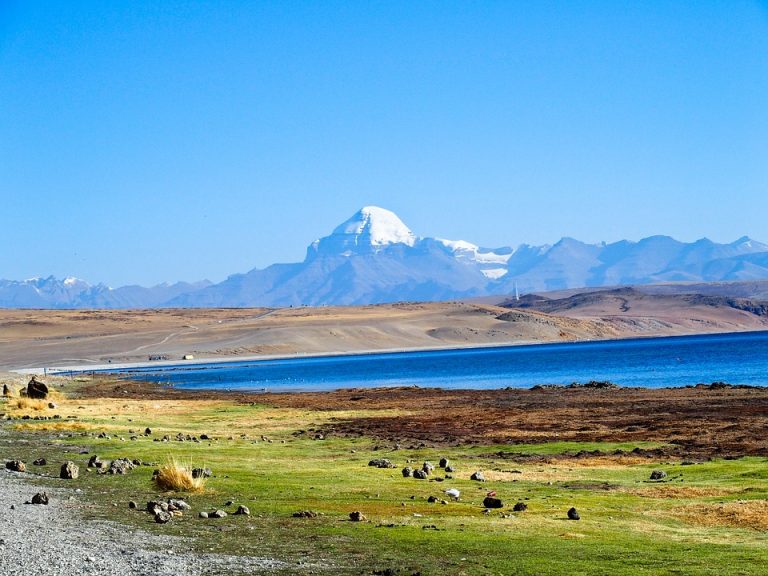
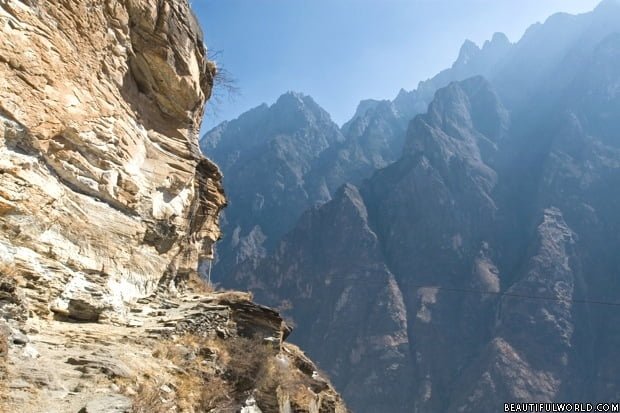
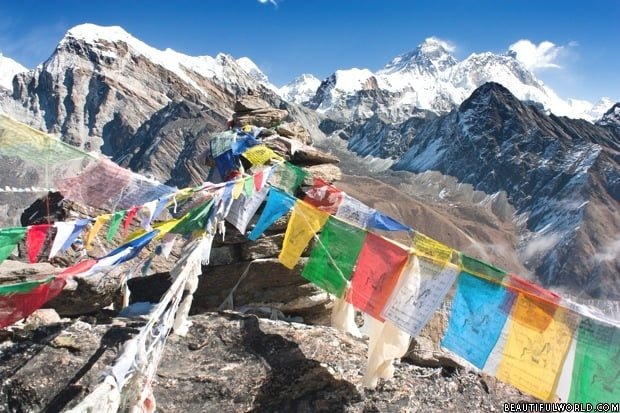
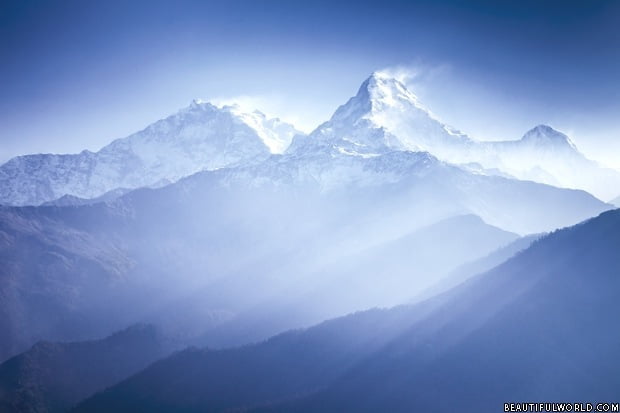
I am planning a fossil hunting day or two when I visit Africa and I wondered if there were some areas rich in fossils in the Gobi that are relatively easy to access. Anyone got any expertise?
Very Nice article! #GNome yes is possible see some areas in Gobi desert and in some museum they show fossils. You can go In Bayanzag or around Yol valley.
Good! I really want to go but it may be too much money to go…😔